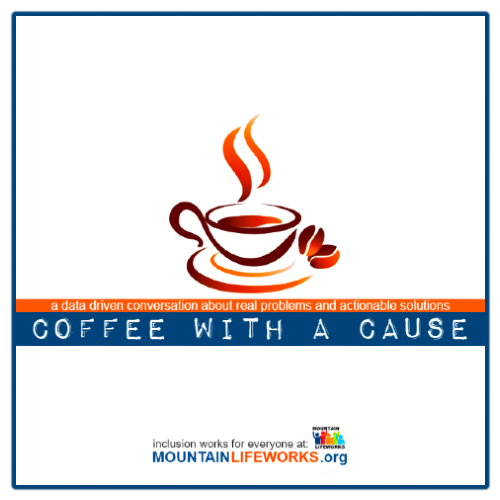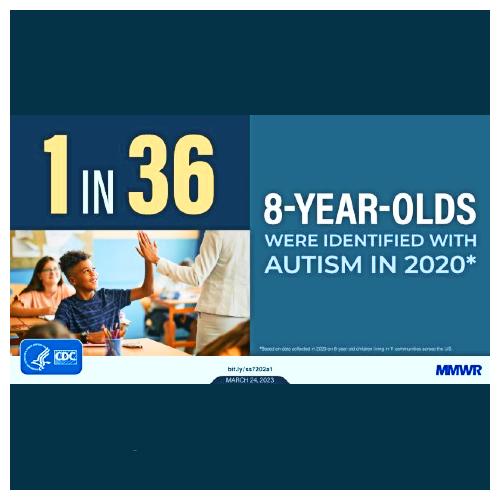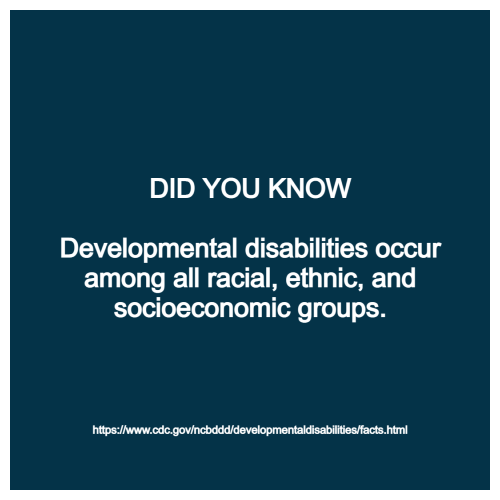
APRIL 2024 autism awareness month
April is Autism Awareness Month.
NIMH » Autism Spectrum Disorder (nih.gov)
Autism Spectrum Disorder (ASD) is a
neurological and developmental disorder that affects how people
interact with others, communicate, learn, and behave.
People of all genders, races, ethnicities, and economic backgrounds
can be diagnosed with ASD.
Data & Statistics on Autism Spectrum Disorder | CDC
Autism centers are closing their doors in Colorado (coloradosun.com)
Families push state to increase funding to autism service providers (denver7.com)

Coffee with a Cause april 2024
Many mountain communities see UPK as a childcare solution helping parents rejoin the workforce. But, this also increases stress on early childhood screening and intervention services. Rural and resort communities often lack qualified expertise due to affordable housing shortages and high cost-of-living. While well-intentioned UPK creates an early detection and intervention crisis in many communities who already lack qualified expertise and critical support professionals to meet existing needs. Now imagine what happens when 600+ families on waitlists for childcare descend on UPK.
Ready or not, universal preschool is coming to Colorado (cpr.org)
Over 600 children on Summit County’s waitlist for child care | SummitDaily.com
Most screenings are done by community
centered boards using school district staff. This is like health
insurance companies who pay for your treatment diagnosing your
condition instead of a doctor you selected. This can result in diagnosis based on
available funding and expertise not the needs of patients or
students with IEPs. It's dangerous to rely on a one-size-fits-all
system for diagnostics, treatment plans and providing services
required by law. This is where
private practice professionals and second opinions increase accurate
diagnosis, improve outcomes and provide added protections and accountability.

Coffee with a Cause april 2024
Early intervention improves outcomes for
individuals and reduces costs to caregivers and taxpayers.
On average, autism costs $60,000 a year through childhood, with the
bulk of the costs in special services and lost wages related to
demands on one or both parents. Medical expenditures for children
and adolescents with ASD were 4.1 to 6.2 times greater than for
those without autism. But, the majority of autism’s costs in the
Nearly half of 25-year-olds with autism have never held a paying job. 80% of those who obtain a job through DVR programs worked part-time at a median weekly rate of $160, putting them well below the poverty level. This is exacerbated by corporate employers in many resort communities focused on maximizing revenues through seasonal jobs and cutting labor costs not creating year-round employment. In urban settings meaningful employment with large corporations comes with a paycheck they can count on and health insurance benefits not always accessible to those with disabilities or other diagnosis especially in rural and resort communities. A common sense balanced approach deploys merit-based employment and small business solutions for the neurodivergent and the caregivers to complement trickle down charities and government systems.
Autism Statistics and Facts | Autism Speaks
The Silent Crisis of Autism Services in Colorado (behaviorspan.com)
Remember a balanced approach uses verified data to identify problems and to propose actionable solutions. Only those willing to have difficult conversations can solve difficult problems. The first step to solving any problem is accepting the data indicating a problem... not blaming the messenger or method of delivery.
So join us for Coffee with a Cause and let's keep the conversation going each month with more data and actionable real life solutions!